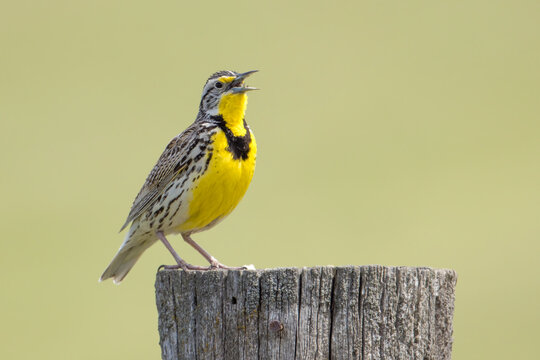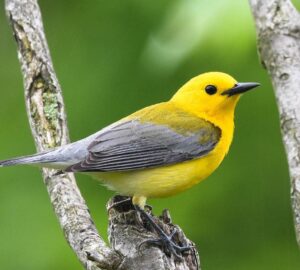Yellow birds bring a splash of sunshine to the landscapes of Wisconsin. Whether you’re an avid bird watcher or just someone who enjoys the beauty of nature, spotting these bright and cheerful birds can be a delightful experience.
In this article, we’ll explore the top yellow bird species in Wisconsin and provide some helpful tips for viewing them.
Top Yellow Bird Species in Wisconsin
1. American Goldfinch

- Scientific Name: Spinus tristis
- Description: The American Goldfinch is easily recognizable by its vibrant yellow plumage in the summer and its black wings with white markings.
- Habitat: They are commonly found in weedy fields, open woodlands, and suburban areas.
- Diet: Seeds from plants like thistles and sunflowers.
2. Yellow Warbler
- Scientific Name: Setophaga petechia
- Description: Yellow Warblers are small and bright yellow with reddish streaks on their chest.
- Habitat: These birds prefer wet, wooded areas, such as willow thickets and swamp edges.
- Diet: Primarily insects and spiders.
3. Common Yellowthroat
- Scientific Name: Geothlypis trichas
- Description: The male Common Yellowthroat has a distinctive black mask across its eyes and a yellow throat and breast.
- Habitat: Found in marshes, wetland edges, and brushy fields.
- Diet: Insects and small invertebrates.
4. Eastern Meadowlark

- Scientific Name: Sturnella magna
- Description: The Eastern Meadowlark has a bright yellow belly and throat with a black V-shaped mark on its chest.
- Habitat: Grasslands, meadows, and pastures.
- Diet: Insects, seeds, and grains.
5. Yellow-headed Blackbird
- Scientific Name: Xanthocephalus xanthocephalus
- Description: This bird has a striking yellow head and chest with a black body.
- Habitat: Marshes and wetlands with tall vegetation.
- Diet: Insects, seeds, and grains.
6. Prothonotary Warbler
- Scientific Name: Protonotaria citrea
- Description: Bright yellow-orange with blue-gray wings.
- Habitat: Prefers flooded forests, swamps, and areas near water.
- Diet: Insects and snails.
Viewing Tips for Bird Watchers
Bird watching can be both relaxing and exciting, especially when you’re hoping to catch a glimpse of these beautiful yellow birds. Here are some tips to enhance your bird-watching experience:
1. Choose the Right Time
Birds are most active during the early morning and late afternoon. Plan your bird-watching trips during these times to increase your chances of spotting them.
2. Bring the Right Gear
- Binoculars: Essential for getting a closer look at birds without disturbing them.
- Field Guide: Helps with identifying different species.
- Notebook and Pen: For jotting down observations and notes.
3. Learn Bird Calls
Familiarize yourself with the calls and songs of the yellow bird species in Wisconsin. This can help you locate them even if they are hidden in foliage.
4. Visit Hotspots
Some of the best places to see yellow birds in Wisconsin include:
- Horicon Marsh
- Devil’s Lake State Park
- Kettle Moraine State Forest
- Crex Meadows Wildlife Area
5. Be Patient and Quiet
Birds can be easily startled by loud noises and sudden movements. Be patient, move slowly, and keep noise to a minimum.
6. Provide Food and Shelter
Attract yellow birds to your yard by setting up feeders with seeds they love, such as sunflower seeds. Plant native shrubs and flowers to provide natural food sources and shelter.
FAQs
What is the best season to see yellow birds in Wisconsin?
Spring and summer are the best seasons to see yellow birds, as many species are more active and visible during these times.
Can I attract yellow birds to my backyard?
Yes! You can attract yellow birds by setting up bird feeders with seeds they prefer and planting native plants that provide food and shelter.
Are there any yellow birds that stay in Wisconsin year-round?
Some yellow birds, like the American Goldfinch, can be seen year-round, though their plumage may change to a more subdued color in the winter.
Conclusion
Wisconsin is home to a variety of stunning yellow bird species. By knowing where to look and what to listen for, you can enjoy the beauty of these vibrant birds. Remember to respect their natural habitats and enjoy the peaceful experience of bird watching. Happy birding!




